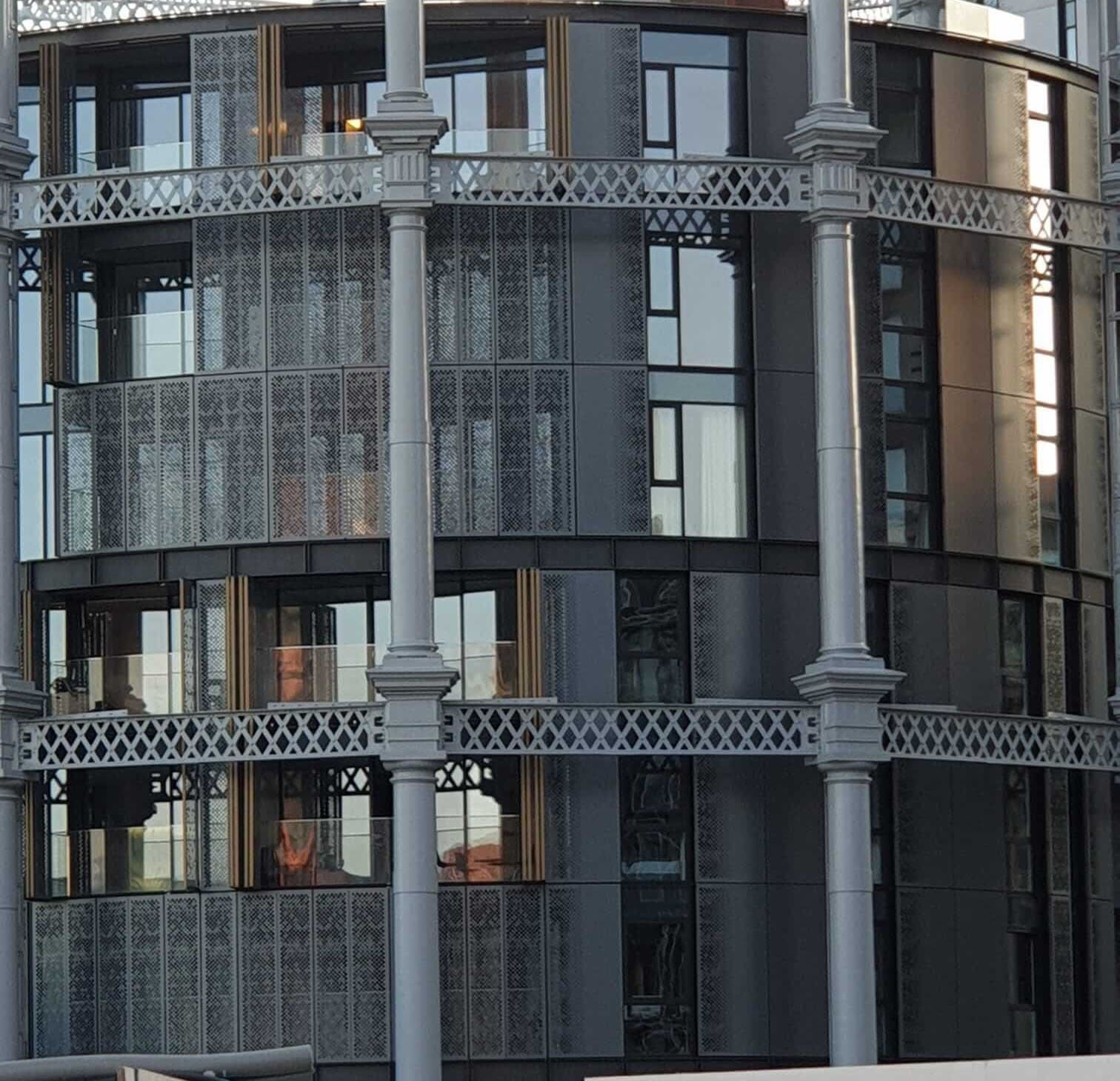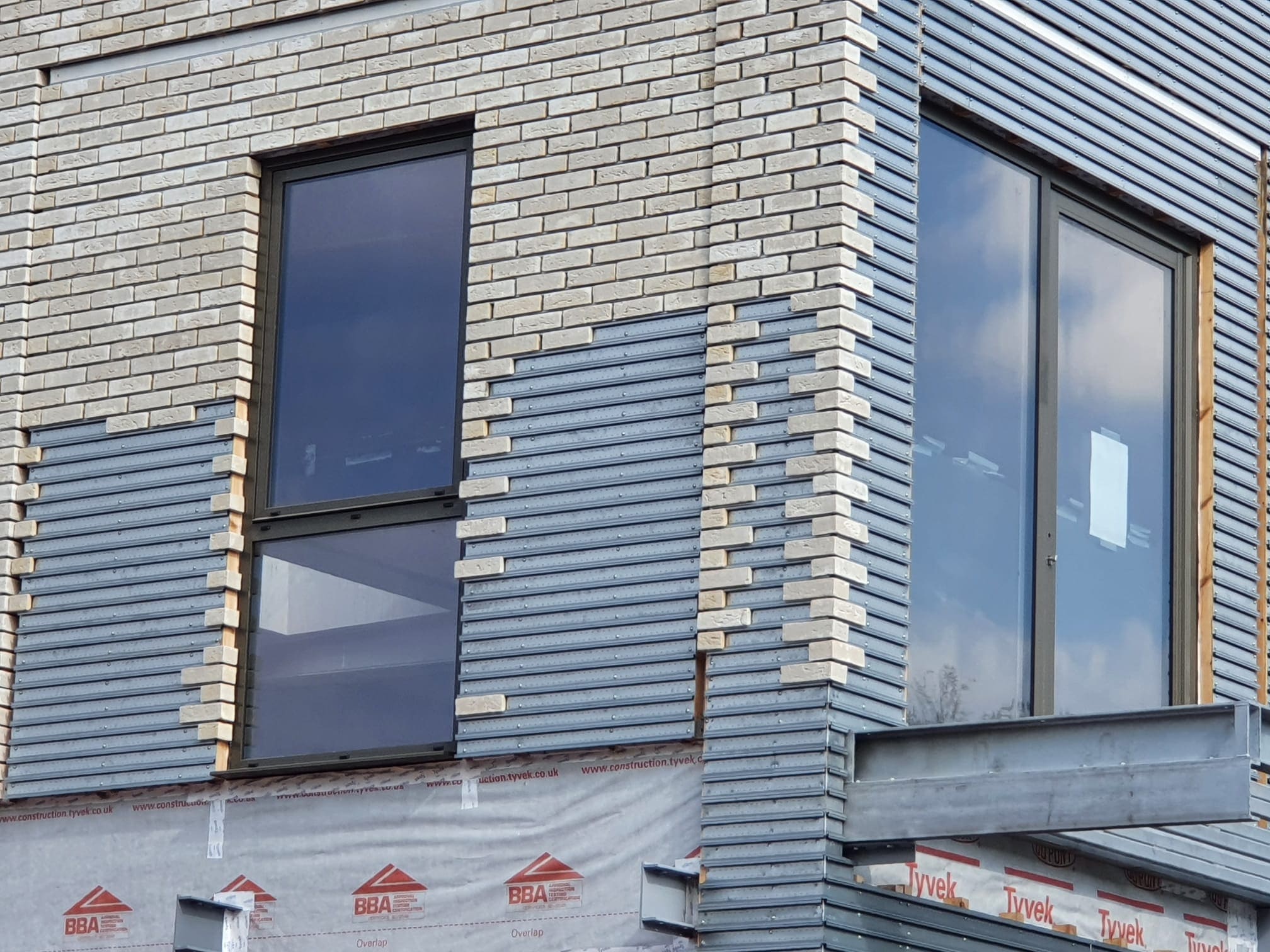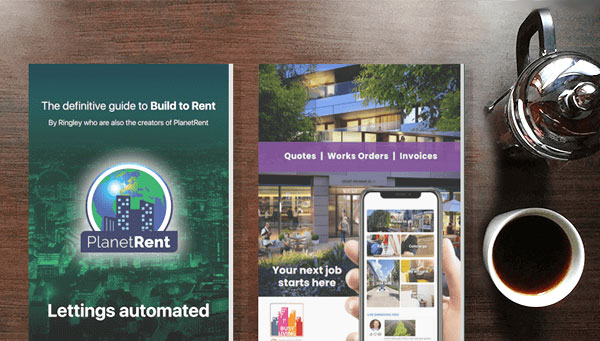19/04/2022
by: Mary-Anne Bowring/BTR News

Build to rent, single family housing, performing for long term performance in single family housing
With European living real estate investment exceeding €100bn for the first time in 2021 according to Cushman and Wakefield, it is clear investor appetite for the living sectors is far from sated.
By Mary-Anne Bowring, Group Managing Director, Ringley Group
In recent years, student accommodation has served as a principal landing pad for capital deployed in the living sectors, becoming a staple of many institutional investors’ real estate portfolios due to its non-cyclical nature and compelling fundamentals. However, in many geographies, multifamily housing has long been the mainstay of institutions’ residential holdings. This may soon change. Differing housing typologies, contexts, policies and preferences of European markets may mean in some countries – where houses are more common than apartments – single-family housing (SFH) becomes the preferred asset class for institutional investors wanting to grow their exposure to European residential real estate.
UK single-family housing
So far, the main routes investors have taken to enter the UK single-family housing have been to partner with house builders, which Sigma Capital has done to great effect, or to acquire existing stock, as prop tech firm IMMO Capital plans to do. Apache Capital’s Present Made platform, which is delivering over 3,000 purpose-built and designed homes for rent, is an outlier in promising a bespoke rental product. Given the immaturity of UK single-family housing, this lack of diversity is hardly a surprise.
When multifamily housing was first taking off in Britain, the first generation of Build to Rent apartment schemes were typically forward funded housebuilder developments that were then maybe lightly repositioned for rent. These were practical strategies to maximise yields, rather than differentiated offerings being brought to market. As single-family housing grows and matures, expect more purpose-built and -designed offerings to emerge. Why? For the same reason investors have grown increasingly comfortable with backing purpose-built and -designed multifamily housing schemes, even if it means taking on more planning and construction risk.
One obvious advantage is that by designing homes from the ground up for rent, you can factor in design features that enhance operational efficiencies and reduce your gross-to-net leakage. For income-driven investors, this is particularly attractive. While operational considerations for single-family are of course different to multifamily, part of the allure of single-family housing lies in longer term projected occupancy. Data from the US shows single-family communities experience less resident churn, reducing costly void periods, and that renters are more likely to stay for the long-term – not least if homes are designed specifically with the resident journey in mind.
A less clear-cut benefit to design yet to be proven is the provision of amenities at the outset. It’s a complicated formula that took time to mature in other living sectors such as student accommodation and multifamily housing. Given the suburban and rural nature of many single-family housing developments, any future amenity offerings would differ significantly from what is provided at multifamily housing in city centre locations. There would be a greater emphasis on outdoor amenity space, as well as facilities that are aimed more at children, parents and families, rather than young professionals and digital nomads.
higher rental premiums
Greater amenity provision demands higher rental premiums. With most early single-family housing entrants experimenting with zero-amenity or amenity-lite schemes, it remains unclear how crucial amenities are to the single-family housing consumer offer. The promise of a higher quality, new-build home that benefits from professional management may simply be enough for most would-be single-family housing customers.
Whatever the future holds for single-family housing, expect its trajectory to take inspiration from successes in student accommodation and multifamily housing. This may well mean higher levels of service and amenitisation to drive long-term occupancy and rental levels. If so, single-family housing investors need to ensure they have an adequate operational strategy in place.
BTR News Team: Planning for long-term performance in single-family housing
Evolving Design and Operational Considerations in Single-Family Housing
As single-family housing evolves, investors are recognizing the importance of purpose-built designs tailored specifically for the rental market. This shift is similar to the transformation seen in multifamily housing, where designs are increasingly optimized to accommodate long-term tenants rather than short-term ownership goals. For single-family housing, factors like layout, energy efficiency, and community-oriented spaces will become more critical, especially as demand for suburban living continues to rise.
By investing in operational strategies that prioritize tenant retention and long-term occupancy, investors can unlock the full potential of single-family housing. This involves not only designing homes that cater to the needs of residents but also ensuring that the property is professionally managed to maintain high-quality service and a strong sense of community.
Single-Family Housing and its Future Growth in the UK
While the UK single-family housing market is still maturing, the potential for growth is undeniable. As investors move away from traditional multifamily models, there is a growing shift toward bespoke, purpose-built rental homes. Partnerships with housebuilders and prop-tech firms are becoming more common, but as demand for single-family housing continues to increase, more innovative designs and developments will emerge.
This change is crucial for attracting long-term tenants who are looking for homes that offer a better living experience than what’s available in the private rental sector. Through careful planning and an eye on operational efficiency, investors can ensure that these developments remain competitive and attractive to potential renters in an ever-evolving market.
Long-Term Value Creation through Strategic Development
Looking to the future, the success of single-family housing will depend heavily on how well developers integrate the right amenities, operational strategies, and design features from the outset. By prioritizing tenant satisfaction, fostering community spirit, and maintaining high operational standards, single-family housing can create lasting value for investors.
Key to this success will be a focus on flexibility and adaptability in both design and operations. As the market matures and preferences evolve, investors need to be ready to innovate, ensuring that their properties continue to meet the changing needs of renters. With the right approach, single-family housing can become a cornerstone of long-term investment strategies in the UK residential real estate sector.
Looking to the future, the success of single-family housing will depend heavily on how well developers integrate the right amenities, operational strategies, and design features from the outset. By prioritizing tenant satisfaction, fostering community spirit, and maintaining high operational standards, single-family housing can create lasting value for investors.
Key to this success will be a focus on flexibility and adaptability in both design and operations. As the market matures and preferences evolve, investors need to be ready to innovate, ensuring that their properties continue to meet the changing needs of renters. With the right approach, single-family housing can become a cornerstone of long-term investment strategies in the UK residential real estate sector.
https://btrnews.co.uk
 2531
2531












Keep up to date
(Weekly, fortnightly or monthly)
To find out more what we do with your data, please read our Privacy Policy

 0
0













